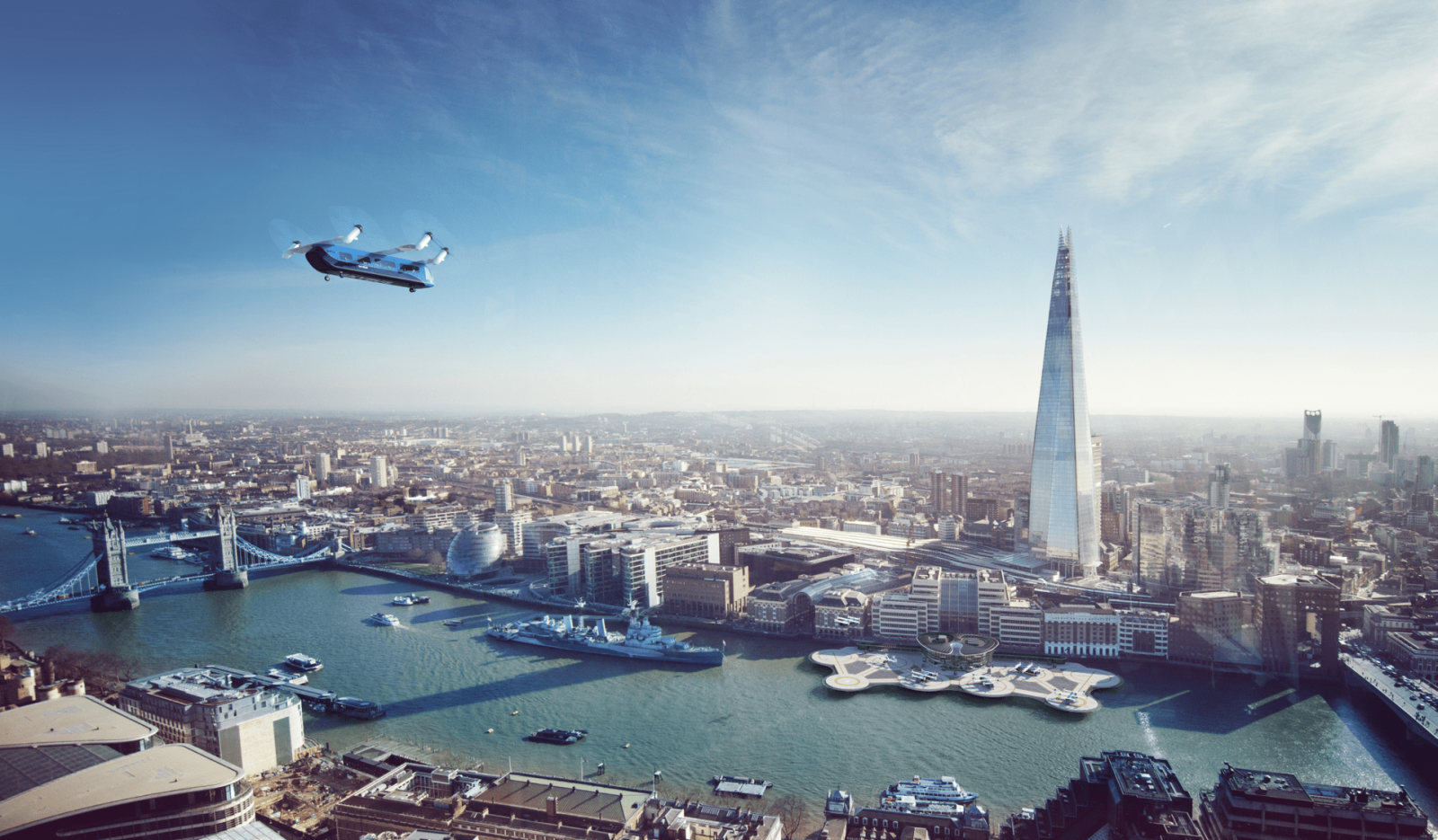
News that the Federal Aviation Administration (FAA) has changed its thinking on how it will certify electric takeoff and landing (eVTOL) aircraft for air taxi use has rattled developers of those vehicles – many prototypes of which are already well along in the approval process. In response to the jittery nerves that may have created, the regulator is assuring companies the alterations it has made won’t send any projects off the certification rails.
The main point of change centers on the perspective from which the FAA will analyze eVTOL craft for certification, not necessarily different criteria it already laid out with makers of air taxis and other urban air mobility vehicles. Under the FAA’s recently appointed acting administrator Billy Nolan, the regulator has decided not to apply Part 23 regulations for small fixed-wing aircraft as previously planned. Instead, it will certify eVTOLs as “power-lift” conveyance as stipulated in federal aviation regulation in 21.17(b).
That special class is situated somewhere between light passenger planes and helicopters – which, to be fair, is pretty much how next-generation air taxis and UAM craft will be operating.
Read: Joby hails its air taxis as ‘game changer’ following NASA noise tests
So, what will that change for manufacturers working to get their protypes certified? That’s still not entirely clear, though it’s starting to appear modifications involved will be less disruptive to the process than some UAM officials initially feared.
News of the alteration was first detailed by aviation publication The Air Current earlier this month. A sub-headline for the article warned that “(e)lectric air taxi startups in the US stare down massive regulatory shift from the FAA,” with the lead warning that was “injecting new uncertainty into the certification programs of the United States’ leading eVTOL developers.”
Co-author of the piece, Elan Head, was less alarmist in series of tweets about the changes, and though stating “(t)his is a massive change with many unknowns,” but also noted, the “FAA says this won’t impact certification timelines, but… we’ll see.”
Read: Joby zooming toward FAA Part 135 Air Carrier certification of its eVTOL air taxis
Not illogically, certain members of the eVTOL initially hinked. Mike Hirschberg, director of The Vertical Flight Society, reacted to the development with a tweet lamenting the FAA “has sown a lot confusion with their conflicting statements on #eVTOL certification over the past few days,” and added “it’s not clear that the agency really thought this through.” Aviation media published articles with similar concerns coming from eVTOL aircraft companies and sector observers.
Rather soon, however, feathers notably de-ruffled. Officials at both Joby and Archer, for example, made statements not too far removed from “meh.” They said they viewed the changes as minor, and likely to only require tweaks in the way their companies – and, presumably, competitors – continue work towards certification.
Read: Archer CEOs discuss 2022 eVTOL air taxi development goals
The FAA stepped up to reinforce that sentiment, issuing statements indicating the criteria in approving “power-lift” vehicles would largely be the same as in the separate category of light aircraft.
“The FAA’s top priority is to make sure the flying public is safe,” a widely circulated statement by the regulator read. “This obligation includes our oversight of the emerging generation of eVTOL vehicles. The agency is pursuing a predictable framework that will better accommodate the need to train and certify the pilots who will operate these novel aircraft.”
Meaning what for eVTOL companies already fairly well on the way toward certification?
“All of the development work done by current applicants remains valid and the changes in our regulatory approach should not delay their projects,” the FAA statement noted. “As this segment of the industry continues to grow, we look forward to certifying innovative new technologies that meet the safety standards that the public expects and deserves.”
Read: FAA-CAA cooperation on AAM lifts companies like Joby active in both markets
The primary reason for the regulatory change-up, the FAA said, was it “did not anticipate the need to train pilots to operate powered-lift, which take off in helicopter mode, transition into airplane mode for flying, and then transition back to helicopter mode for landing.” Presumably meaning the main consequences to the category alteration should be in rules on how eVTOL are to be flown, not how they’re put together and perform.
FTC: We use income earning auto affiliate links. More.



Comments